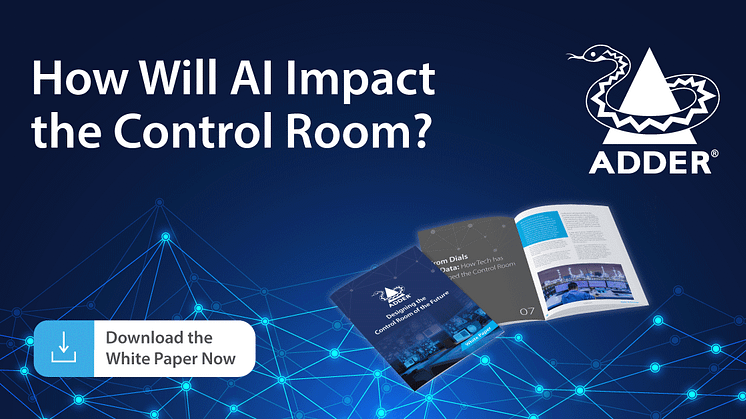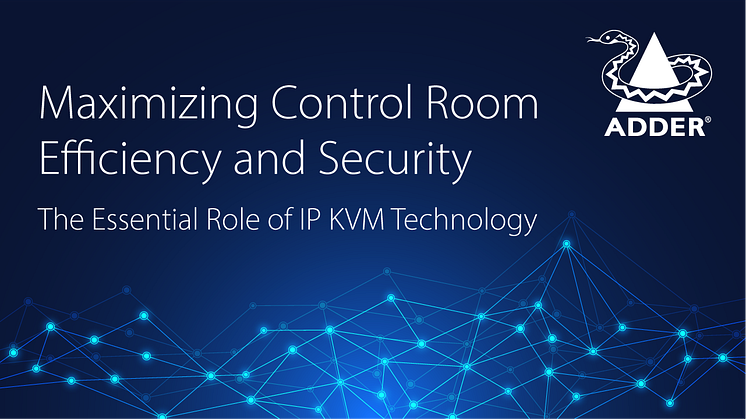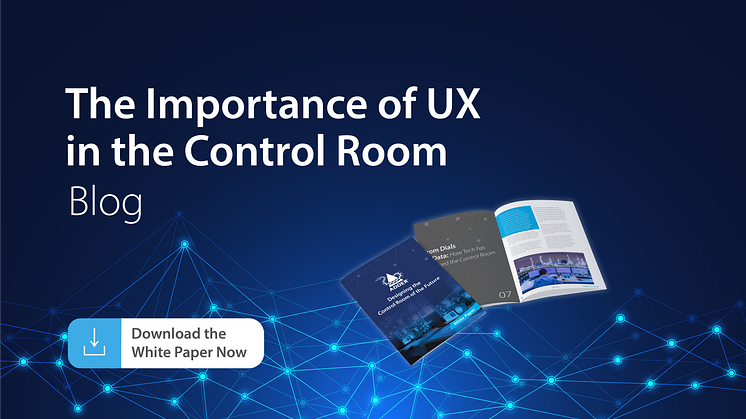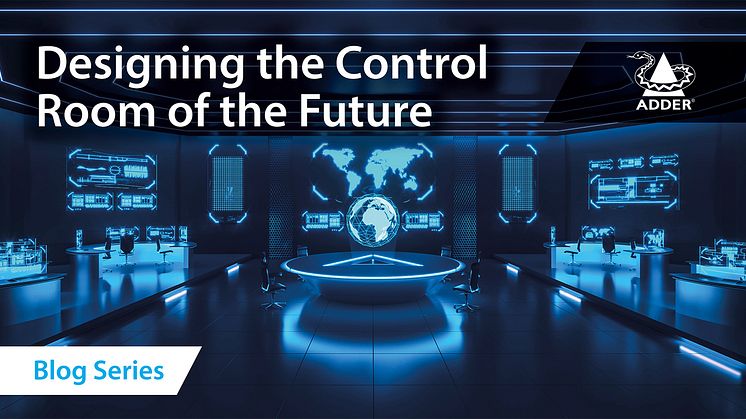
Blog post -
How Will Artificial Intelligent (AI) Impact the Control Room?
Cast your mind back to 2002 and the release of Spielberg-directed blockbuster, Minority Report. The movie - centered around a police unit harnessing the power of technology to prosecute criminals before they had even committed a crime - seemed a far-fetched prospect. However, fast forward several years, and the dramatization of the film is slowly becoming a reality. The artificial intelligence (AI) revolution is making swathes of data and processing power more readily available to operations, not to mention cheaper to obtain, and this is directly influencing so many of our daily activities.
Before we ponder the impact of AI and machine learning on the control room, we need to give a brief description of what is meant by the terms, and the relationship between them.
Artificial intelligence is an area of computer science that centers on creating “smarter” machines that can perform tasks that regularly require human intelligence. To do this, smart machines must imitate the thought processes, reasoning, and behavior of humans.
Machine learning applies artificial intelligence to larger systems that learn and improve based on experience, rather than programming. Computer programs that adopt machine learning can access data and use it to learn and make decisions on their own.
Over the years, control rooms have become integral to global communities. Behind almost every one of your daily activities sits a control room and its operators. Whether it is moving around a city on the metro, listening to the radio as you get ready for work, using your kettle to make your morning coffee, or simply having a chat with a friend over the phone – it is probable that a powerful control room is empowering you to do the little things you take for granted.
The reliance on control rooms to power our daily routines results in more systems to monitor, and more operators to act on the increasing amount of data. For example, the bigger the city’s metro network, or the more intricate the power station, the more operators and resources will be needed to manage – which in turn will require a larger operation space. That exponential growth eventually leads to mega control rooms, more complex operations, which demand more qualified human resources to operate.
It is inevitable that some intelligence will one day need to be incorporated into control rooms to help manage the constant need to expand the space. However, it is becoming apparent that AI and machine learning are slowly being used to smarten control processes, analyze ongoing situations, provide enhanced workflows, and present relevant information when required.
The benefits of AI and machine learning in the control room are evident. But how do you ensure that this new technology, and the data it generates, can still be processed in real-time to ensure it is actioned appropriately by operators and handlers on the ground? After all, the control room may be the brains behind operations, but it is certainly not always the brawn.
High performance KVM will become, more than ever, the central hub through which AI and machine learning’s full potential is unleashed – especially when it comes to data. It will play a key role in making sure those on the frontline are armed with the information they need to remain clearheaded and ready to perform. The combination of technological advancements and the ever-growing need for IT flexibility will no doubt put strain on systems. But you can be confident, and rest assured that KVM will be the pioneering technology behind the innovation that will see control room industries standing up to the challenge and meeting it head on.
To find out more about designing the control room of the future, or how connectivity solutions like KVM can help prepare your operation for inevitable change, download Adder’s latest whitepaper.




